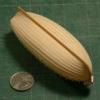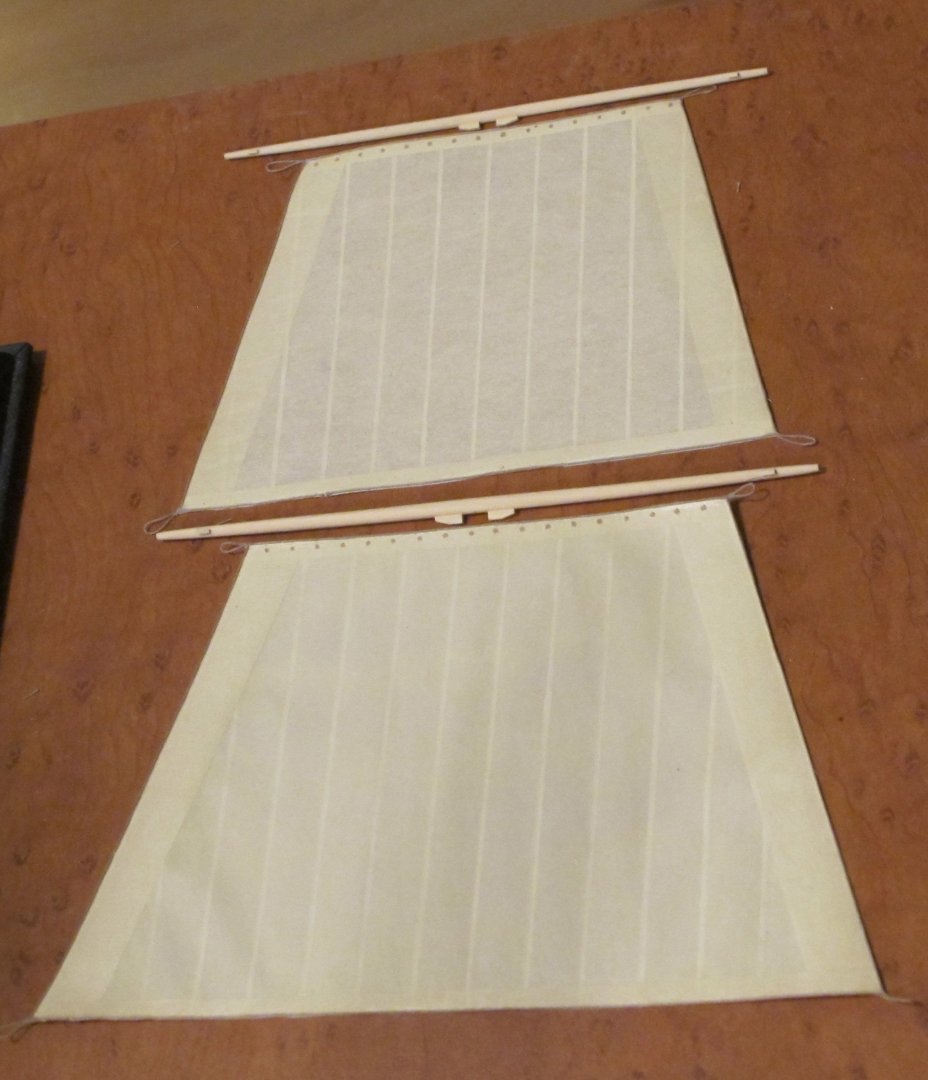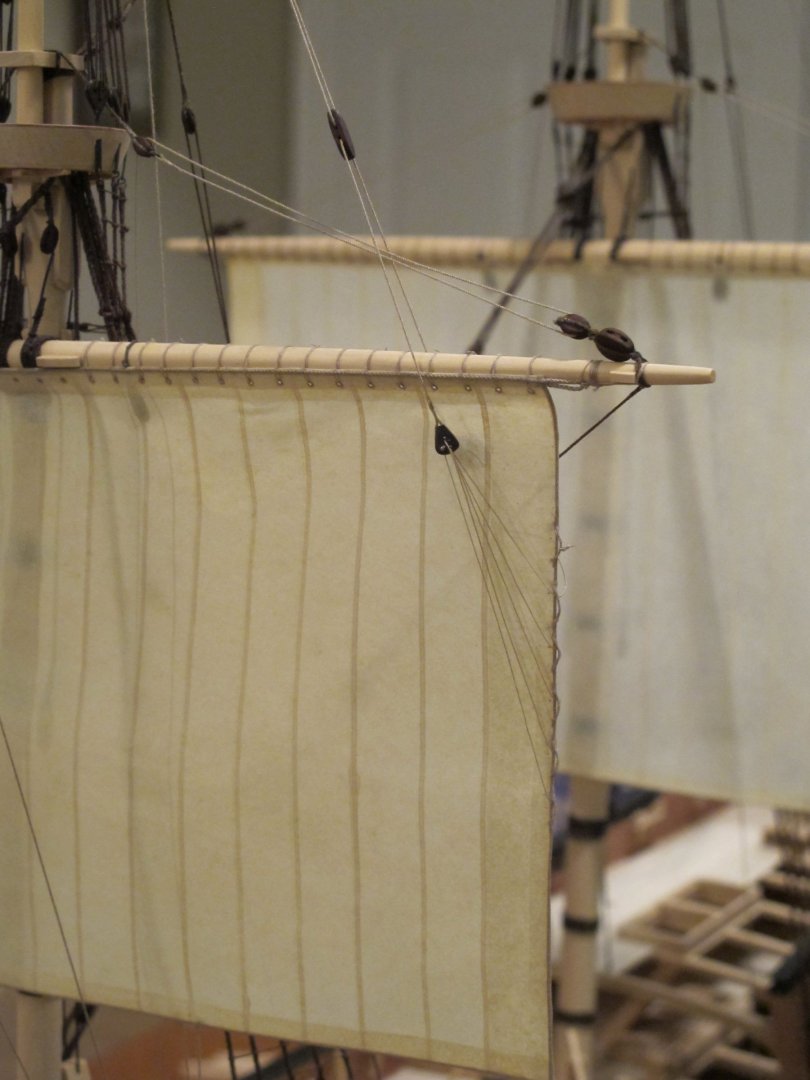-
Posts
13,318 -
Joined
-
Last visited
Content Type
Profiles
Forums
Gallery
Events
Everything posted by druxey
-
An alternative to gluing up separate strips is to paint the overlaps of the cloths using acrylic paint and a ruling pen.
-
May I suggest not using tea? It is acidic and will eventually make the material brittle and crumble. A wash of either watercolor or acrylic paint is a much better choice. Andrew's sail ( Post #9) looks terrific!
-

Halò from the Highlands of Scotland.
druxey replied to Highlander's topic in New member Introductions
Dear Highlander, Forgive the pun? You obviously haven't read many posts here yet! Welcome aboard. -
I'm late to the scene: very nice neat work and bending job!
- 201 replies
-
- Oyster Sharpie
- first scratch build
-
(and 1 more)
Tagged with:
-

Research in the HMS Ulysses 1797, a Roebuck class ship
druxey replied to Kevin Kenny's topic in Nautical/Naval History
Interesting. However the frame looks far too 'fat'. Do you have scantlings for a 44-gun ship? -
As you've figured out, cutting tools have to be really sharp and don't try to cut off too much or deeply at a pass. Slow and steady does it. It helps to have a template of the rabbet profile aft at each station so you can see the changing turn of the rabbet. Hope Take Two goes better!
- 92 replies
-
I've used Titebond II successfully many times for veneering. The advantage is that the glue can be reactivated more than once by heat. Regular white glues can only be reactivated successfully once. That said, a properly spiled and pre-bent plank will stay in place with only about 30 seconds of finger pressure.
About us
Modelshipworld - Advancing Ship Modeling through Research
SSL Secured
Your security is important for us so this Website is SSL-Secured
NRG Mailing Address
Nautical Research Guild
237 South Lincoln Street
Westmont IL, 60559-1917
Model Ship World ® and the MSW logo are Registered Trademarks, and belong to the Nautical Research Guild (United States Patent and Trademark Office: No. 6,929,264 & No. 6,929,274, registered Dec. 20, 2022)
Helpful Links
About the NRG
If you enjoy building ship models that are historically accurate as well as beautiful, then The Nautical Research Guild (NRG) is just right for you.
The Guild is a non-profit educational organization whose mission is to “Advance Ship Modeling Through Research”. We provide support to our members in their efforts to raise the quality of their model ships.
The Nautical Research Guild has published our world-renowned quarterly magazine, The Nautical Research Journal, since 1955. The pages of the Journal are full of articles by accomplished ship modelers who show you how they create those exquisite details on their models, and by maritime historians who show you the correct details to build. The Journal is available in both print and digital editions. Go to the NRG web site (www.thenrg.org) to download a complimentary digital copy of the Journal. The NRG also publishes plan sets, books and compilations of back issues of the Journal and the former Ships in Scale and Model Ship Builder magazines.







